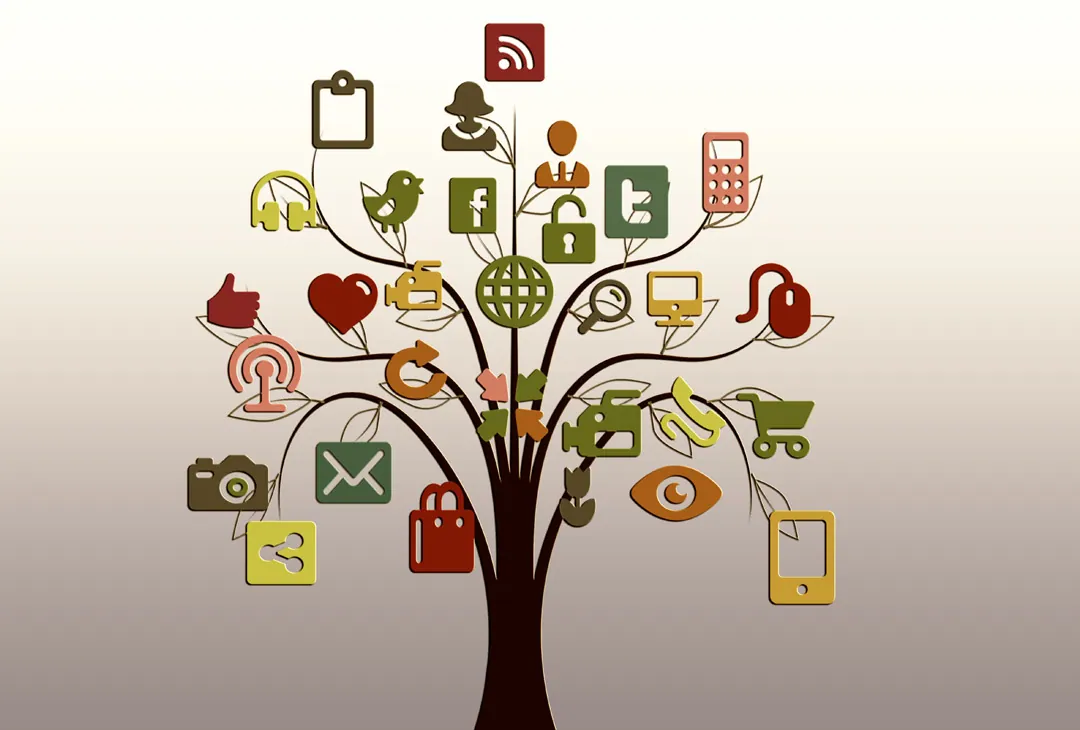What is digital marketing?
For those of you unfamiliar with what digital marketing is, it is essentially the promotion of products or brands via at least one form of electronic media. It differs from more traditional marketing practices because it involves the use of channels and methods that enable a business to analyse their campaign and understand what’s working (and, therefore, what isn't) in real time.
Marketers can monitor a whole range of things, including: what is being viewed, how often and for how long, sales conversions, what content works and what doesn’t, and so on. The internet tends to be the channel most closely associated with digital marketing, but there are others – mobile apps, podcasts, digital television and radio channels, and so on.
Why is digital marketing important?
Gone are the days when the messages that people received about your products and services came directly from you and consisted only of information that you wanted them to know. These days, we have access to information any time and any place we want it. Digital media has become an ever-growing source of news, entertainment, shopping and social interaction.
We are continually exposed, not only to what your business says about itself, but what friends, relatives, peers and the like say about it. And we’re more likely to believe these people, too. People want brands that they can trust, businesses who know them, communications that are personalised (as well as relevant), and offers that have been tailored to their needs.
All of this can be achieved with digital marketing. It also enables you to manage customer relationships across all channels and the information that is being spread about your brand.
Over the years, we have seen a number of digital marketing trends emerge and grow in importance. We have also seen a number of fads come and go, not doing much for our campaigns in the greater scheme of things. So, what trends have we been nurturing in 2014 and 2015, and what are some of our predictions for the future of marketing in 2016?
2016 Predictions
So what do we think 2016 has in store for digital marketing? Some of our main predictions for this year include:
- Increasing Mobile Usage
This should come as no surprise, as more and more people are using their smartphones and tablet devices to search the web. It does mean, however, that a focus on mobile marketing is needed in order to succeed.
- Content is (Still) King
These days, more businesses are adopting cross-channel strategies, which requires content to be optimised for each channel and is distributed in multiple formats in order to maintain a seamless experience.
- Integrating Digital & Traditional Marketing
Many businesses are finding that success lies in the careful integration of digital and traditional marketing strategies. Planning is key to achieving this, as poor planning and in having all teams working together.
- Increasing Complexity of Purchase Decisions
Marketers are seeing consumer’s behave in increasingly complex ways when it comes to making a purchase decision. We don’t just walk into a store; we read reviews, speak with friends and more.

2014 & 2015 Trends
Some of the key digital marketing trends that we have seen on the rise over the last couple of years include:
- Marketing Personas
We’ve definitely seen more focus on the use of Buyer Personas, which allows us to take a closer look at the different types of customers we have and helps us to manage their experience.
- Brand Online Value Propositions (OVP)
Investing in brand OVP has also become important, as it helps to ensure that your brand is adding value to your audience (such as helping them to develop/learn, entertaining them, and more).
- Micro-Targeting
The growth of targeting options across Facebook, LinkedIn and Twitter have given marketers many more options for targeting users, particularly on mobile devices (where most social media interactions occur).
- Engagement
Specifically through visual apps and content. Many businesses are trialing the addition of Instagram and Snapchat to their marketing campaigns, as they allow for increased engagement with users.
Although 2016 is well and truly underway, it’s never too late to take a critical look at your digital marketing strategy. Have you developed buyer personas or thought about other ways to engage with your audience? Are you focusing on mobile or are you still desktop oriented? Your campaign might be working okay for you at the moment, there are always areas where it can be improved.
